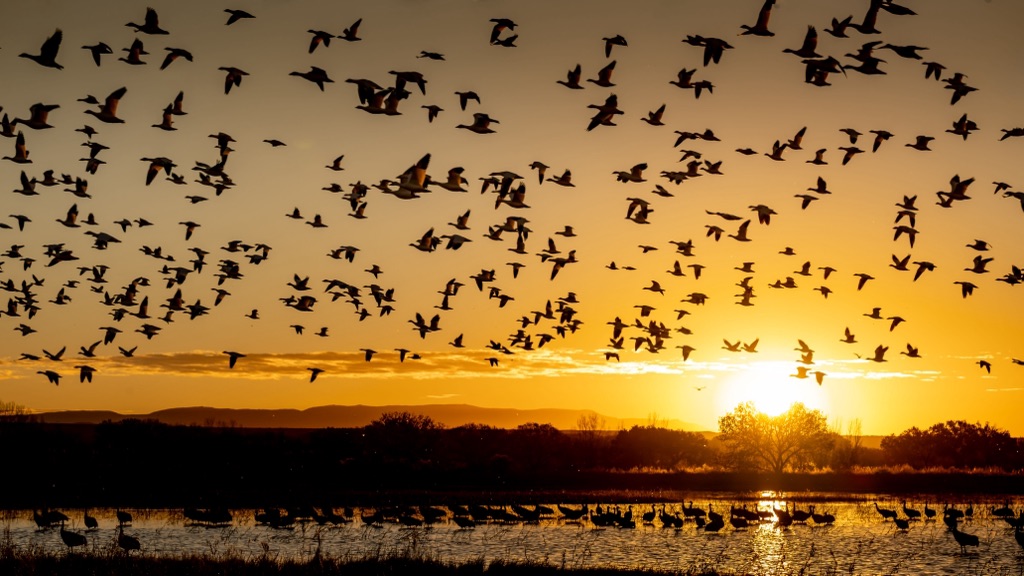Each year, as the seasons shift, the skies become the stage for one of nature’s most spectacular performances: the migration of birds. This phenomenon, a testament to the resilience and determination of these winged travelers, has fascinated humans for centuries. Perhaps, it’s this marvel of nature, the journey of birds traversing thousands of miles, that reminds us of the sheer wonder of life itself.
Not all birds embark on these epic journeys. In many locales, you’ll find species like cardinals, chickadees, and robins who are year-round residents, content with their local bounty. Yet, for others, migration is a crucial part of their lifecycle. It’s a phenomenon driven by the search for food, better climates, or suitable breeding grounds. For instance, the Arctic tern makes an awe-inspiring journey from the northern reaches of Newfoundland all the way to the Antarctic, embodying the extreme lengths some species will go to follow the rhythm of the seasons.
One of the most astounding stories of migration is that of the barred-tailed godwit. Researchers, using satellite transmitters, tracked one individual flying non-stop from Alaska to New Zealand, covering a distance of 7,000 miles across the Pacific Ocean in just eight days. This feat of endurance isn’t just for the record books; it highlights the godwit’s incredible adaptation and the critical need for conservation efforts along their migration paths.
Migration isn’t solely a tale of long distances. There are “short-distance” migrants, like the cedar waxwings in some areas, who might only shift a few hundred miles southward, just enough to ensure a steady food supply. Yet, whether their journey spans thousands of miles or just a few, the instinctual call to migrate is a profound element of their survival.
Interestingly, migration can also lead to unexpected guests in unfamiliar territories, a phenomenon known as “vagrancy.” Birds like ibises and even rosette spoonbills have been spotted far outside their usual ranges, possibly led astray by storms or guided by innate curiosity. These occurrences, while rare, provide thrilling opportunities for birdwatchers and remind us of the unpredictable nature of migration.
Bird migration is more than just a seasonal event; it’s a vital ecological process that reflects the health of our planet’s ecosystems. The patterns and habits of migrating birds can teach us much about the effects of climate change, habitat destruction, and the importance of conservation efforts. As we marvel at their journeys, we’re reminded of our shared responsibility to protect these travelers and the natural world they depend on.
So, as the seasons change, take a moment to look up at the sky and appreciate the incredible journey unfolding above. The migration of birds is a powerful reminder of nature’s resilience, beauty, and the interconnectedness of all living things. Whether it’s the return of the turkey vultures to their nesting trees or the celebratory flights of the swallows of San Juan Capistrano, these avian voyagers continue to inspire, fascinate, and remind us of the enduring cycles of life.

